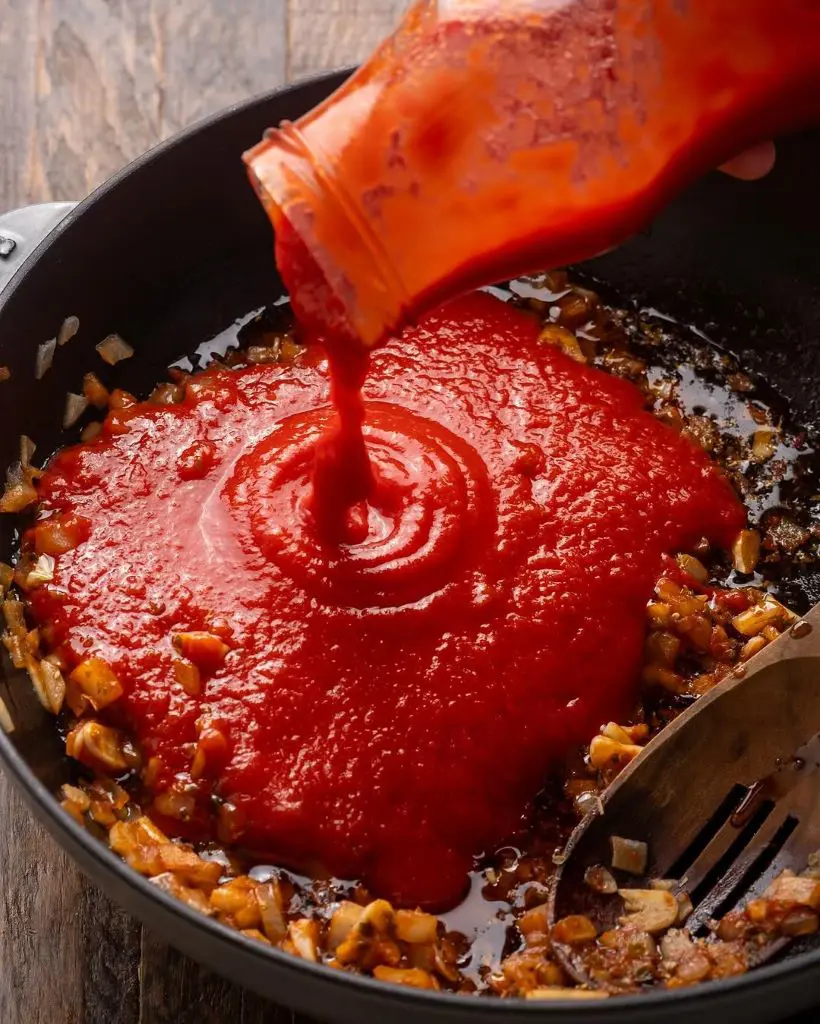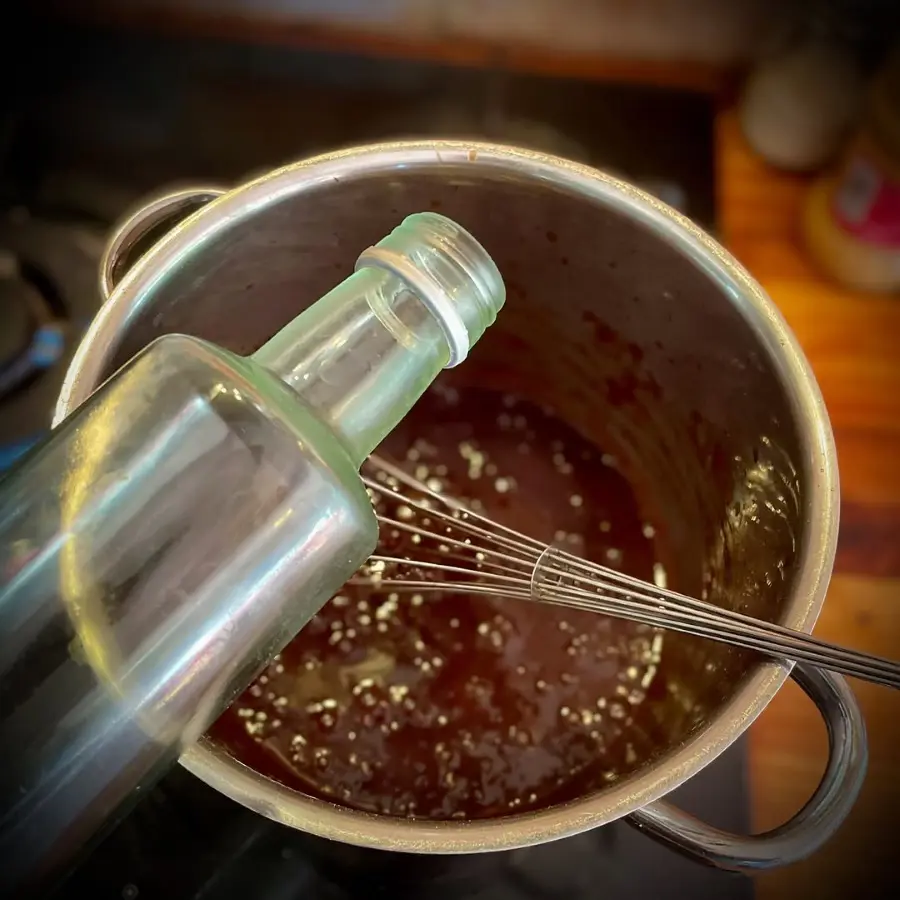BBQ Sauce Recipe Ingredients
BBQ sauce is the journey of relishes that turn the basic meals into extraordinary meals. Each ingredient contributes a unique note to create a harmonious blend that elevates grilled dishes.
Understanding the role of these components helps craft a sauce that stands out with its depth and character.
- Honey and brown sugar: These sweeteners create the sauce's flavor foundation. Honey brings natural sweetness with complex undertones. Brown sugar adds rich molasses notes that enhance the overall taste. Their fusion delivers a balanced sweetness that complements other ingredients perfectly.
- Apple cider vinegar: This ingredient provides the sauce's tangy backbone. Its acidic profile balances the sweetness and adds brightness. Vinegar helps preserve the sauce and ensures it clings well to grilled foods. The liquid creates a smooth, well-rounded flavor experience.
- Smoked paprika: A key spice that introduces deep, smoky dimensions. Unlike regular paprika, it delivers an intense, fire-roasted flavor. This ingredient mimics barbecue's essence without extensive smoking time. A small amount transforms the entire sauce profile.
- Cayenne pepper: A subtle heat element that elevates the sauce's complexity. It provides gentle warmth without overwhelming other flavors. Cayenne adds excitement and depth to the sauce's overall taste experience.
- Yellow mustard: This ingredient adds a sharp, tangy bite. It amplifies the vinegar's tanginess and helps bind ingredients. Yellow mustard contributes to the sauce's smooth texture and flavor balance.
- Garlic powder and onion powder: These powders introduce savory, rich notes. They provide depth without adding excess moisture. A small amount significantly enhances the flavor profile.
- Worcestershire sauce: A fermented condiment that adds complexity. It brings together sweet, sour, and savory flavors. This ingredient rounds out the sauce's taste experience.
- Chicken stock: A liquid component that adds moisture and depth. It helps achieve the desired consistency and blends ingredients seamlessly. Chicken stock contributes to the sauce's overall richness and flavor complexity.















